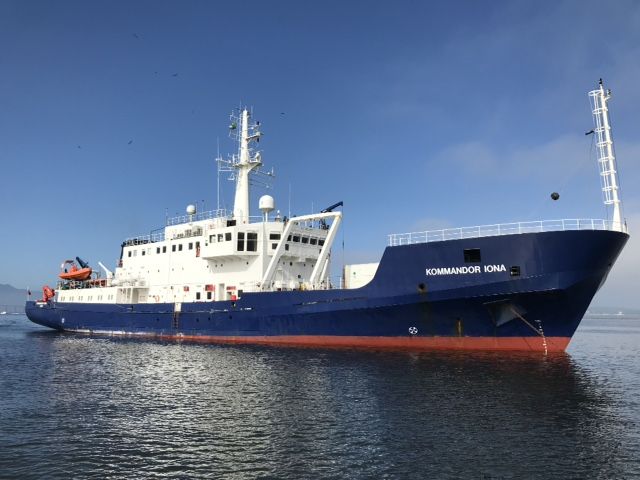The Norwegian Petroleum Directorate has awarded contracts to Fugro and Enviros

The Norwegian Petroleum Directorate has awarded contracts to the companies Fugro and Enviros for mapping the shallowest layers under the seabed. The purpose is to find the most suitable places to place wind turbines.
Fugro has been awarded the contract for the Southern North Sea II area, while Enviros will map Utsira Nord. The vessels to be used are Fugro Searcher and Commander Iona respectively (pictured).
The companies will perform seven different measurements:
"MBES (multibeam echo sounder) provides key datasets for bathymetry, acoustic backscatter and water column data. In addition, we collect 2D high-resolution seismic, ground penetrating echo sounders (SBP), side-searching sonar (SSS) data, as well as magnetometer data," says geophysicist Lars Jensen, who is leading the project from the NPD's side.
It was last year that the NPD was commissioned to carry out site surveys in the two areas, which have been opened for applications for renewable energy production. Fugro mapped parts of the Southern North Sea II last autumn.
In the national budget for 2023, funds have been set aside to complete the ground surveys in the two areas. According to the plan, it will take place from late April to early September.
Thousands of wells have been drilled on the Norwegian continental shelf, but the focus has not been on the layers directly below the seabed. These are the top 100-200 metres that wind power companies are interested in finding out more about:
"It is in these layers that the wind turbines will be put down, so they must have knowledge of the geological and geotechnical properties. The seabed conditions on the Norwegian shelf are demanding and different from place to place, so they must be examined in detail," jensen explains.
The geological challenges include shallow gas, large boulders that fell to the seabed as the ice melted; channels, sinkholes, slides and faults as well as soft and 'weak' deposits extending down into the depths.
"A good factual basis is crucial for managing the resources in one way or another, and this mapping is an important step on the way to developing offshore wind on the Norwegian shelf," says Arne Jacobsen, assistant director in the main area Technology, Analysis and Coexistence.
"The NPD has extensive experience and knowledge of seismic acquisition from the oil and gas industry. It is positive that this experience can be used to support the energy transition."

